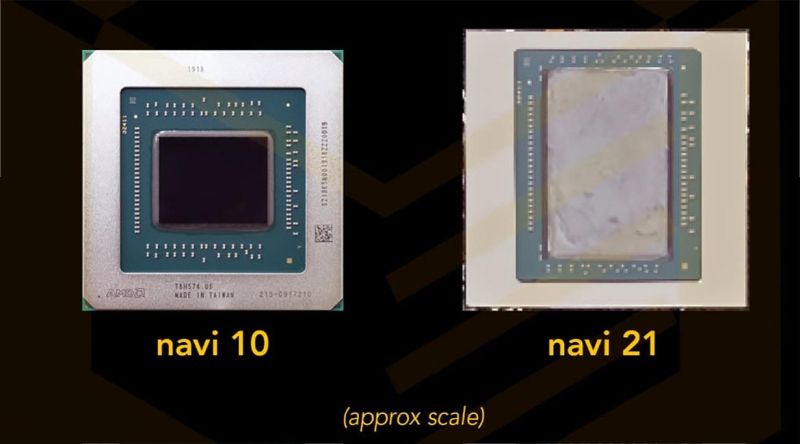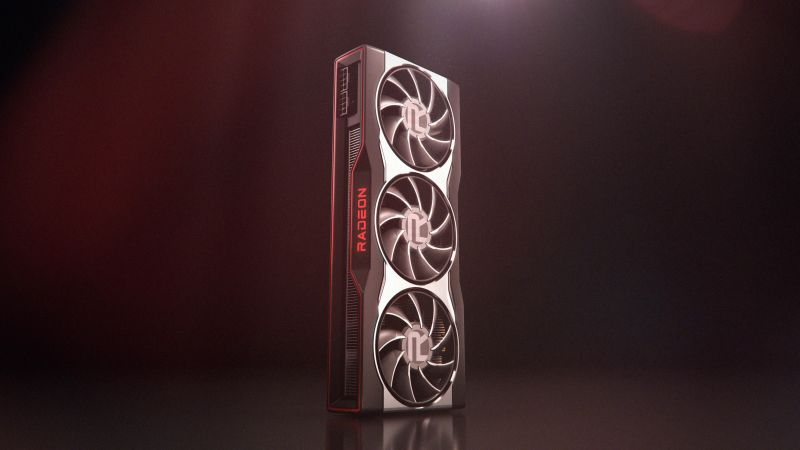Now, it goes without saying that all AMD’s Big Navi card run on its 7nm FinFET RDNA2 architecture. With that out of the way, according to Coreteks and starting with the RX 6900 XT, the card’s specification include a Navi 21 XTX GPU, up to 80 Compute Cores, a die size of 536mm2, a game and boost clock of 2050MHz and 2350MHz, respectively. And of course, 16GB GDDR6 memory running at 16GBps, across a 256-bit memory bus and slightly more than 300W of power to run.
Moving down the list, Coreteks also lists down potential details for the alleged RX 6800 XT. Supposedly, the card’s GPU is a Navi 21 XT, has the same die size as the RX 6900 XT, but has few Compute Cores at 72 units. On paper, the card reportedly has a base clock of 1835MHz, as well as a Game and Boost Clock of 2025MHz and 2275MHz, respectively. Like the RX 6900 XT, the card will also feature 16GB GDDR6 graphics memory running at 16Gbps, across a 256-bit memory bus as well. In terms of power consumption, we’re looking at a maximum of 290W, and that’s just an approximate. For the last card on the list, the RX 6800, its specs list is nearly identical to the RX 6800 XT, save for the 64 Compute Cores and naturally lower clock speeds. Specifically, the card’s base clock is set at 1700MHz, its game clock at 1820MHz, and boost clock at 2100MHz.
The only thing missing from the list are actual performance metrics. Considering the numbers being listed here, it is a highly likely situation that AMD’s high-end cards could comfortably, if not easily give gamers a well-oiled 1440p gaming experience, as well as some pretty decent framerates at 4K resolution too. For now, this is all just hearsay, so take it with a grain of salt until 28 October. (Source Coreteks, Hot Hardware)

